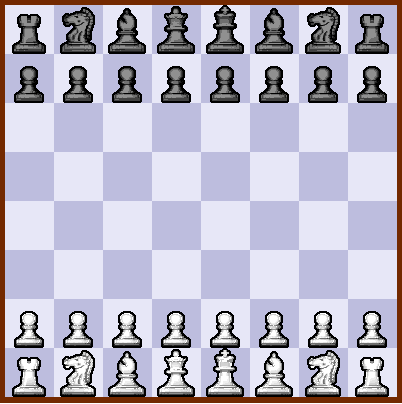

In Magicpawns Chess any piece can change place with a friendly pawn. If a piece can move to a square occupied by a friendly pawn, then the piece and the pawn can change place. There is one restriction: pieces on the first rank are not allowed to change place with a pawn because then the pawn would end up on the first rank. Otherwise regular rules apply.
Endgames can be quite exciting because of the many tactical possibilities and also because pawns can advance very fast due to the change-place move. In the middlegame the pawns tend to become more active. The pieces are now less constrained by the friendly pawns. Weak pawn chains can be easily repaired.
There is also a variant where the setup is different. The pawns are placed on the third rank and the light pieces on the second rank. It is possible since the pawns can change place and acquire good positions, and the pieces aren't restricted by the pawns. Magicpawns Chess was invented by undersigned, July 2006.
Examples
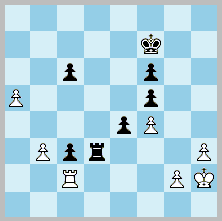 White has just played 1.a5 and the position looks clearly advantageous to White, but Black can simply play 1...Rc3; Pd3 (change place; see next image.)
White has just played 1.a5 and the position looks clearly advantageous to White, but Black can simply play 1...Rc3; Pd3 (change place; see next image.)
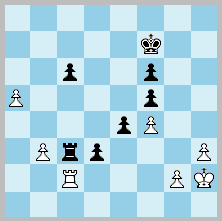 Black wins because when White captures the black rook, then black's pawn will promote. The endgames in Magicpawns Chess are tricky.
Black wins because when White captures the black rook, then black's pawn will promote. The endgames in Magicpawns Chess are tricky.
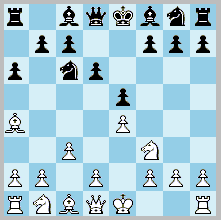 In this position you would expect the knight on c6 to be pinned. But it can go to e5 and change place with the pawn. As this constitutes one move the knight has a way of escaping the pin. This special case is important to remember. See next position.
In this position you would expect the knight on c6 to be pinned. But it can go to e5 and change place with the pawn. As this constitutes one move the knight has a way of escaping the pin. This special case is important to remember. See next position.
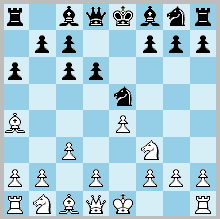 Position after 1...Ne5; Pc6 (change place).
Position after 1...Ne5; Pc6 (change place).
• You can download my free Magicpawns Chess program here (updated 2006-07-25), but you must own the software Zillions of Games to be able to run it.
• You can also play Magicpawns Chess by e-mail, against a human opponent, here.
• Don't miss my other chess variants.
© M. Winther 2006